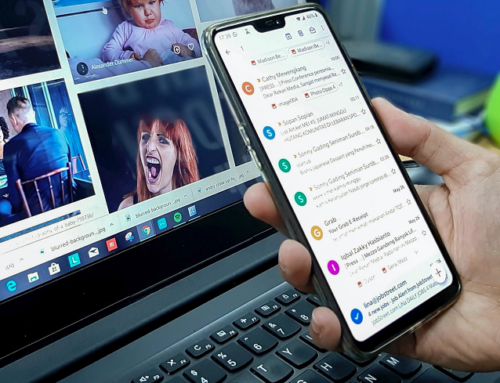The first step of the accounts receivable management process is invoicing. It seems pretty straight forward and easy but many companies (especially smaller companies) flounder to get invoices to customers in a timely manner or worse yet; the invoice has incorrect information that delays customer payment. After all, it’s hard to collect an invoice that the customer does not have or which is inaccurate or incomplete.
Here are 8 Invoicing Best Practices to make your billing process more effective.
SEND THE INVOICE IN A TIMELY MANNER
If your customer doesn’t have the invoice it can’t get paid. Further, invoices that come months after the fact can cause confusion if the customer can’t remember the transaction.
BE SURE THE INVOICE IS CLEAR AND COMPLETE
Billing best practices should indicate what the invoice is for – what products or services were delivered and when. Provide as much detail as practical so the customer knows they are paying for. This should go without saying but make sure the invoice is readable and professional looking – not handwritten or badly formatted. Standard accounting software like QuickBooks can help you generate good looking and effective invoices.
MAKE SURE YOU HAVE THE CORRECT BILLING ADDRESS
Large organizations can be complicated and sending an invoice to the wrong address could lead to it being lost or delayed. Be sure to ask the customer’s representative where to mail the invoice if it’s not clear from a purchase order or other such document.
UNDERSTAND THE INTERNAL APPROVAL PROCESS
Understanding the internal approval process is helpful for large customers. Do you send the invoice directly to Accounts Payable or should it first go to the person who made the purchase for approval before it is forwarded to AP for processing?
INCLUDE CLEAR PAYMENT TERMS
This includes the due date. Calculating the due date for the customer will help them focus on that date.
INCLUDE A REMIT TO ADDRESS
If appropriate, also include instructions to “make check payable to” the entity name you prefer.
INCLUDE ANY INFORMATION REQUIRED BY THE CUSTOMER TO PROCESS THE PAYMENT REQUEST
This could be a PO or Job number or supporting documentation such as a signed receiving document (proof of delivery) or approved timesheets. This will be different for every customer so be sure to ask about their requirements before starting work.
INCLUDE ANY LATE FEES
Include a statement to the effect that “A Late Fee of x% may be assessed on past due balances” if you ever want to enforce such fees. Whether this is a good practice or not is debatable. The exact language can vary and you might want to have your legal advisor review or provide the exact wording. The fee percentage (interest rate) is regulated in some states so be sure you know what the limits are. Practically speaking this is typically in the 1% – 1.5% per month range. More than that could seem excessive; less than that isn’t worth the trouble.
Inevitably some invoices will not be paid on time despite even the best internal invoicing practices. Businesses should consider using a collections system like Lockstep Collect which automates the entire invoicing and collections process, ensuring these invoice processing best practices are automatically hit every time.




